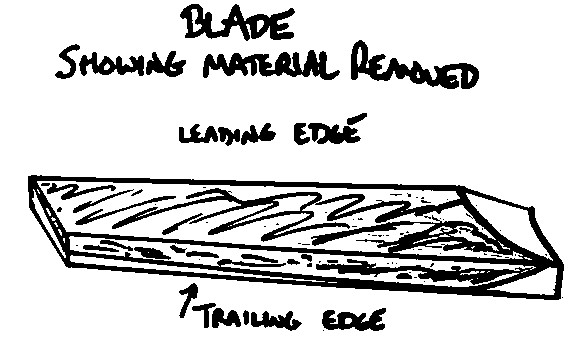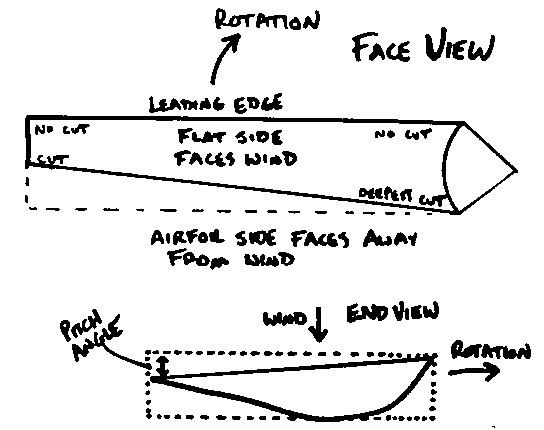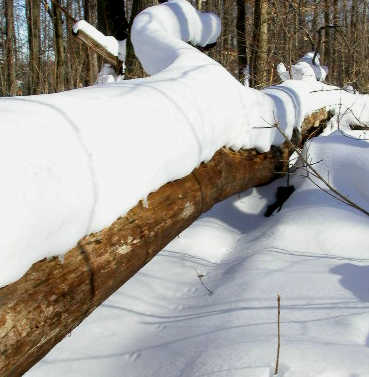While this post may seem far out, it is true:
Years ago, when working for an electric-line construction company I watched Dub, our foreman, walking around with two coat-hangers bent into a L-shape, pointing straight ahead and held parallel about six inches apart. The men on constructions crews are a great bunch and always enjoyed joking with us younger guys, so I figured they were trying to bait me into a gag. This, however, was not a time for a joke because we were putting a pole into the ground and nobody fooled around during this hazardous stage. I asked Dub about the wires later, and in private, so as not to be embarrassed. He told me he was looking for a gas line that might be nearby. Well, he didn’t seem to find one and we didn’t hit a line so I chalked it up to an old wives’ tale.
A few weeks later we were putting new electric poles in for a refinery and our foreman was using the wires again. During our lunch break I asked a serious journeyman lineman if the wire things worked. He was a little put off at my doubt, and said, “Try it. Take them and walk across the lot”. I started walking with the bent welding rods held out straight in front of me and was quite surprised when they turned right in my hands! I asked him how would I know if a pipe was under the ground there. He said, “ Look over that dirt mound.” Sure enough just feet away there were two six inch lines running beneath the spot where the wires crossed - I was amazed. He told me that it was a magnetic reaction to the hole in the earth the pipes made, and it would work with metal, plastic, tile or even a wooden line that had rotted away as long as the earth void remained.
Several years later when I was married and working for a steel mill I was called home because of a septic-tank problem. I had to uncover the septic tank cover so it could be pumped and although I thought I knew its location, six inches of fresh snow confused me. After digging a few holes and not finding the cover I thought of the wires. It didn’t take long to snip a couple of coat hangers and bend them into L shapes. On the first trip across the lawn they crossed! I dug and found the plastic line and could then find the cover.
Several years later a John, a co-worker, who I worked with and had relayed the incident about finding pipes with wires asked me to stop by because he needed to find a drain line near his house. He had dug where he thought the line was but couldn’t find it. I fashioned a couple of wires up and went to his place. As I passed over the hole he had dug the wires crossed. This baffled me. I tried it again and the wires crossed again just past the center of the hole. Thinking the line must be just beside the hole I started to dig a large smooth rock out of the side of the hole and, discovered the “rock” was the the line! John had found the line but dug past it thinking it was a boulder.
While I have never found a reasonable scientific explanation and never really believe this “wire divining” should work - it does!






